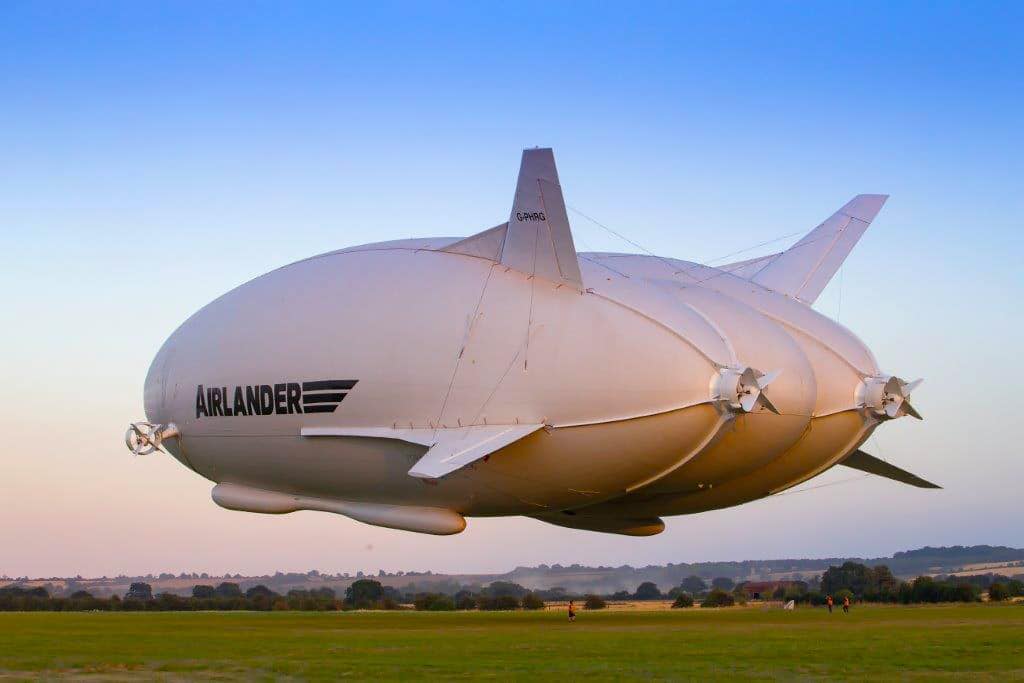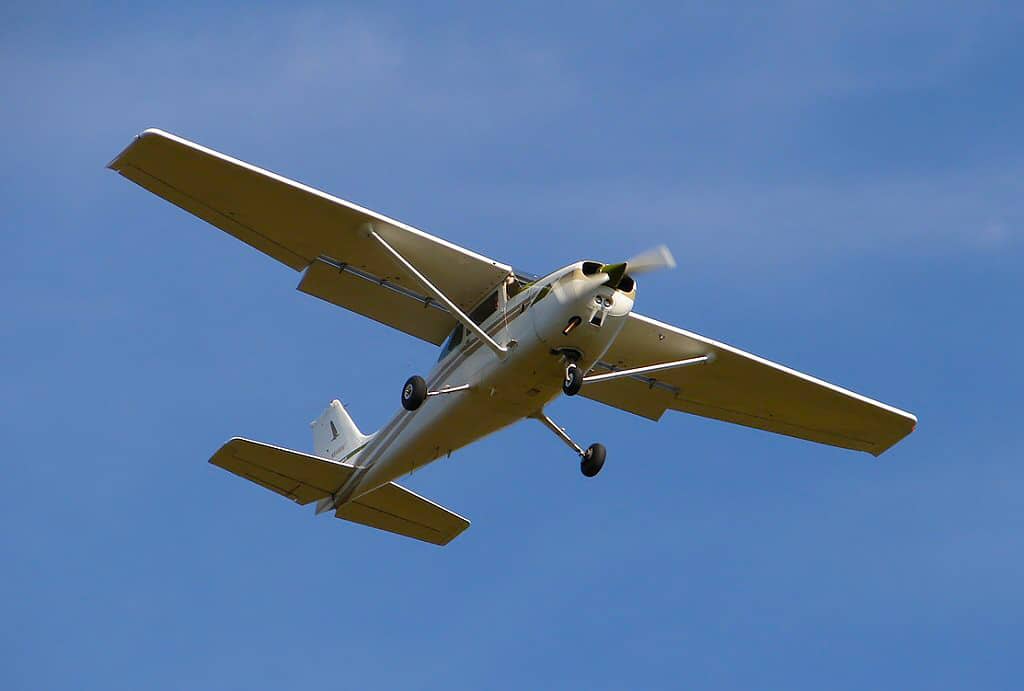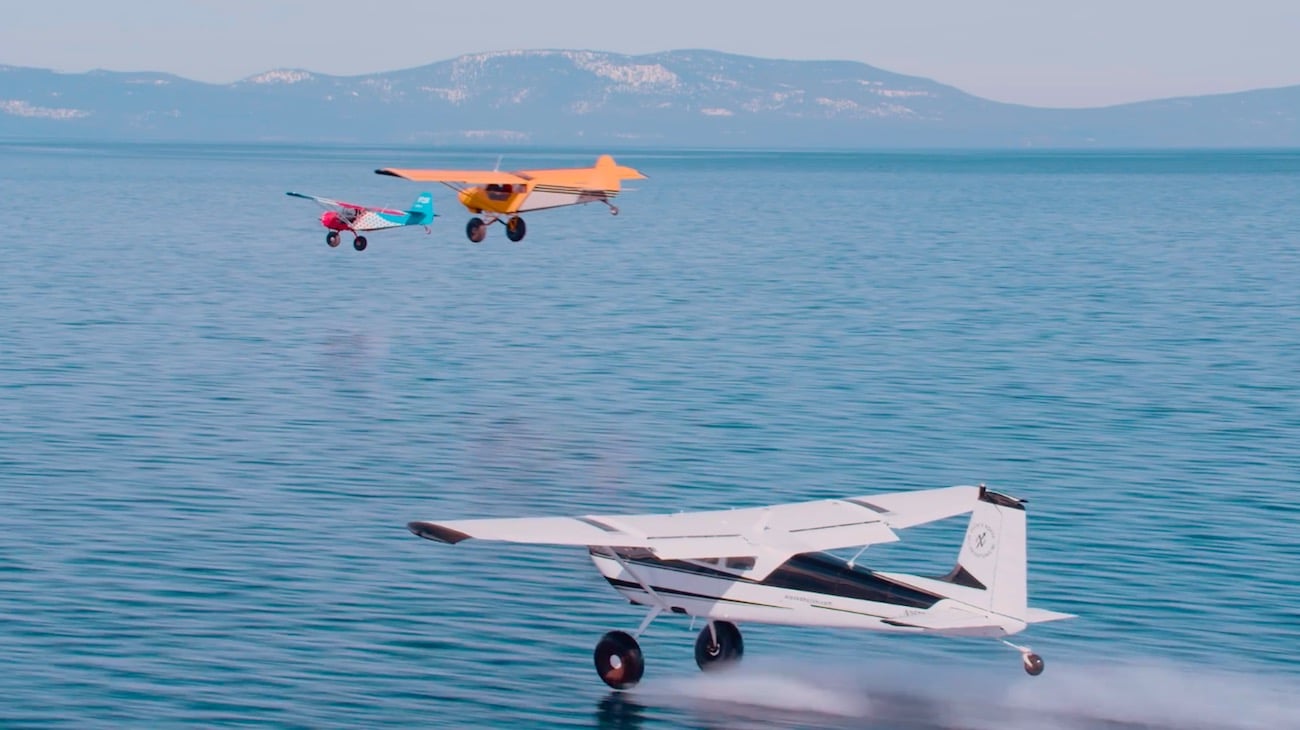Last night, the Airlander 10, currently the world’s largest aircraft, successfully completed its first flight. The aircraft launched from Cardington Airfield, in England, at roughly 7:40 PM and flew for 19 minutes before landing at 8 PM, just before dark. According to Hybrid Air Vehicles (HAV, the group behind the Airlander), this marks the beginning of flight testing for the Airlander 10, which is expected to last a number of months. Once testing concludes, HAV plans to start a series of trials and demonstrations with interested customers.
Additional Details on the First Flight for the Airlander 10
Pre-flight preparations for the first flight began at 9 AM, with Technical Director Mike Durham, Ground Operations Chief Alex Travell, and Chief Test Pilot David Burns (who have been working together for nearly 30 years) verifying the aircraft was ready to fly. Once all the preparations had finished, the aircraft’s four 325 hp diesel engines were started roughly 30 minutes before it took off.
Burns was joined by Test Pilot Simon Davies, and the pair flew the Airlander 10 in a 6-mile area around the airfield. They reached a height of 500 feet above the ground, and a maximum speed of 35 knots. However, due to a later than expected start, they landed the aircraft after only a 19-minute flight.
Regarding the flight, Burns said “It was a privilege to fly the Airlander for the first time and it flew wonderfully. I’m really excited about getting it airborne. It flew like a dream.” According to company officials, all testing objectives were met for the first flight. This included a safe launch, flight, and landing of the aircraft, putting it through a series of gentle turns at increasing speeds while in flight, and running technical tests on the aircraft’s hull pressure.
A Brief History of the Airlander 10
The aircraft began life as the HAV 304. It was originally built by HAV for the US Army’s Long Endurance Multi-intelligence Vehicle (LEMV) project. The aircraft was intended to provide intelligence, surveillance and reconnaissance support for ground troops, and went through an initial flight test on August 7th, 2012, in Lakehurst, New Jersey. However, in February of 2013, the LEMV project was canceled by the military due to cost concerns.
Not wanting to give up on the aircraft, HAV bought it back from the military. And in 2014, they reassembled it in Cardington, under the name Airlander.
Plans for the Airlander 10
The Airlander 10 uses a hybrid engine system of four diesel engines paired with a helium filled body that allows the aircraft to operate with a low noise and low carbon footprint. According to HAV, they plan to develop it as a stable platform that offers a large amount of power and space, suitable for search and rescue operations, cargo hauling, surveillance, or as a unique passenger aircraft. The aircraft will be capable of staying airborne for up to five days of continuous operation. In addition, they’re being designed with landing skids that will allow for take off and landing in short distances from unprepared sites in terrain such as deserts, ice, and even water.
Video Footage of the Airlander 10’s First Flight
What are the Specs on the Airlander 10?
General Characteristics
- Length: 92 m (301 ft 10 in)
- Width: 43.5 m (142 ft 9 in)
- Height: 26 m (85 ft 4 in)
- Gross weight: 20,000 kg (44,092 lb)
- Payload Capacity: 10,000 kg (22,050 lb)
- Volume: 38,000 m3 (1,340,000 cu ft)
- Powerplant: 4 × 4 litre V8 turbocharged diesel engines, 242 kW (325 hp) each
Performance
- Cruising speed: 80 Knots (92 mph; 148 km/h)
- Loitering speed: 20 Knots (23 mp/h; 37 km/hr)
- Endurance: 5 days manned
- Service ceiling: 6,100 m (20,013 ft)
For more information on the Airlander 10, you can visit HAV’s website.
Featured Image: Hybrid Air Vehicles















Leave a Reply